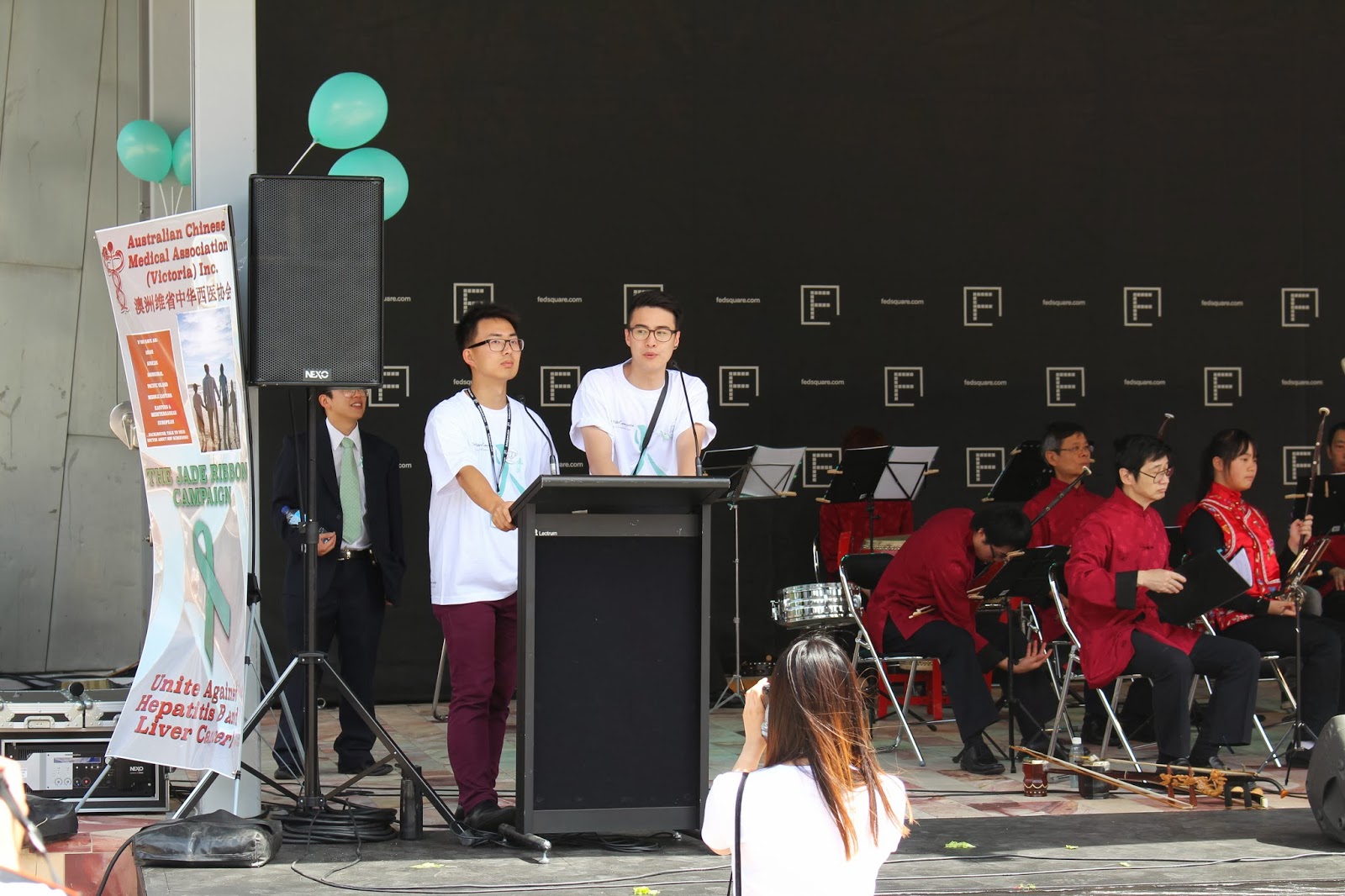Arrived in Darwin after midnight on Friday night, woke up
early the next day while it was still dark. It was worth it – nothing beats
watching the sun rise from a vantage point up in the clouds. 45 minutes later,
we were descending into the land called Timor Leste, sometimes known as “East
Timor.” Through the window we could see sheets of mist blanketing the
tree-covered hills, and a sleepy haze over the lush green land…
The first thing you notice when you step off the plane onto
the tarmac is the heat – the stickiness that preludes the sweat that begins to
fall off every body surface you never knew existed. The next thing you notice
is the smell: the thickness and humidity, the chemical smog, all tempered by a
faint, lingering smell of body odour… It was a sensory reminiscence of PNG. So
too were the corrugated iron roofs; the stray dogs pottering around the
streets; the stalls where bottles of cold water and knick-knacks were peddled;
the piles of rubble, signs of shabby half-development here and there…
All these sights and sounds and smells were to me, the
thrill of a new place, and reminders of the reality of the people who live in
those conditions there day by day.
Some quick stats about Timor Leste:
- Population: 1.2 million people
- Median age: 18.4 years
- Hunger index (indicator of national hunger): 1st in Asia, 4th wordwide
- Chronic malnutrition (% of population): 54%, 3rd highest in world
- 50% population exposed to TB
 |
| Patients waiting outside the clinic |
 |
| Ambulance! |
 |
| Patients waiting outside |
 |
| An old sign outside the clinic, reminder of the extremity of health needs in Timor |
Bairo Pite Clinic is a community health care centre located
in the heart of Dili, the capital of Timor Leste. Run by a small group of
passionate volunteers on donations alone , it provides free, quality health
care around the clock, 24 hours a day, 7 days a week. On top of treating
patients with a wide variety of conditions, they also provide opportunities for
volunteering, training and employment for local Timorese; and volunteer
positions for doctors and medical students.
It’s not an easy environment to work in. Humid, limited
resources, and language or cultural barriers are amongst the challenges faced
on a regular basis. But most importantly, they are team who exhibit resilience
and are expert at finding innovative solutions to get on the job.
 |
| Mum in the malnutrition ward |
So, we took a tour of the hospital Bairo Pite Clinic for a
few hours in the morning: outpatients, general admissions, malnutrition ward
(you know you’re in a developing country when malnutrition is even such a
problem…), maternity ward, tuberculosis (TB) wards, and HIV centres. It’s the
little things that brighten up the compound: the cheerful tropical fish and
rainbows are painted onto the sky-blue walls of the malnutrition clinic, and
the lilac-coloured shipping containers converted into the HIV/TB Dots clinic centres.
At the front of these lilac buildings is a humble garden that was planted together
by the initiative of patients and their doctors.
 |
| Waiting room in outpatients |
 |
| General ward |
 |
| A young girl in the general ward |
 |
| Now THIS reminds me of PNG... |
 |
| In the lab |
 |
| The storeroom - beautifully stocked with medical supplies |
TB is a terrible burden on the Timorese people,
even more so than in PNG. The tragic effect it has was made strikingly apparent
on one of the patients. Due to TB, his body was wasted away so he was little
more than skin and bones. His eyes protruded from a sunken face, and his demeanour
emanated suffering and loneliness.
 |
| Dr Chris Felton and Sue examining a chest X-ray in the TB ward |
In the afternoon we had a series of presentations from the hospital
team to the supporters. What I found to be most interesting were the talks from
local staff, especially of the lay midwives in training. These women had been
elected from their own home villages to come to Bairo Pite and undergo a month
of midwife training, during which time they may experience around 300
deliveries.
 |
| Strong women at the maternity ward |
 |
| A tender moment between mother and child in the maternity ward... |
As Sue said, it is inspiring to see when people are
motivated to help their own people. Let’s face it – nothing will get done unless
health care is modelled around partnership with local communities.





































